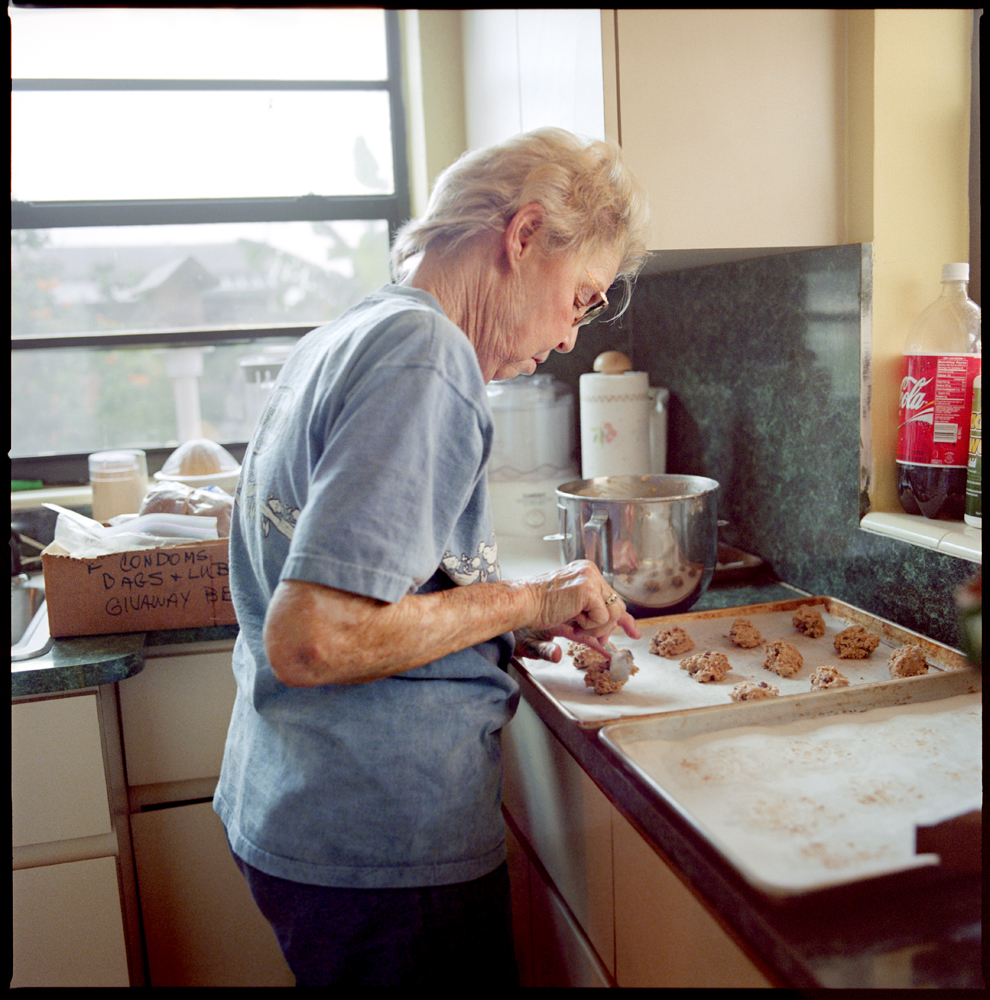
Thirty years after the Centers for Disease Control and Prevention first recognized AIDS in the United States in 1981, there’s remains a perception that the disease is one that primarily affects people from poor, developing countries and—when it does affect Americans— is most prevalent in the gay and African American communities. Photographer Katja Heinemann addresses this misconception with her project, “The Graying of AIDS,” which documents the effects of the disease among people age 50 and older. According to the CDC, more than half of all people living with HIV in the country will be over 50 by 2015.
“The Graying of AIDS” began in 2006 as a TIME magazine feature, and Heinemann has continued shooting in an attempt to both raise awareness about AIDS prevention among senior citizens and document hopeful stories about survival. “I wanted to try to find ways to connect with people and remind them that the epidemic isn’t over in this country,” Heinemann says. “We can’t really talk about sex and drug use in society, and we especially can’t talk about those things when it comes to older people. We just prefer not to think of our grandparents having sex, and it’s driven by the overall culture. Think about the last time you saw some really hot senior sex in a movie or on television.”
Heinemann says she’s been surprised by how candid her subjects have been in telling their stories. One woman, Sue Saunders, recalls her nurse asking if she got AIDS through needles. When Saunders explained that she contracted the disease from sex, the nurse reportedly said, “You’re having sex at your age? That’s disgusting!”
Feelings of rejection and a longing for companionship are common themes in her subjects’ stories, Heinemann says, and the photographer hopes that “The Graying of AIDS” will provide a more understanding environment for older people living with the disease. “Sometimes the risky choices they make are because of that—wanting to be accepted and loved.”
December 1 is World Aids Day. Read more about “The Graying of Aids” here.
Feifei Sun is a reporter at TIME. Find her on Twitter at @Feifei_Sun or on Facebook.
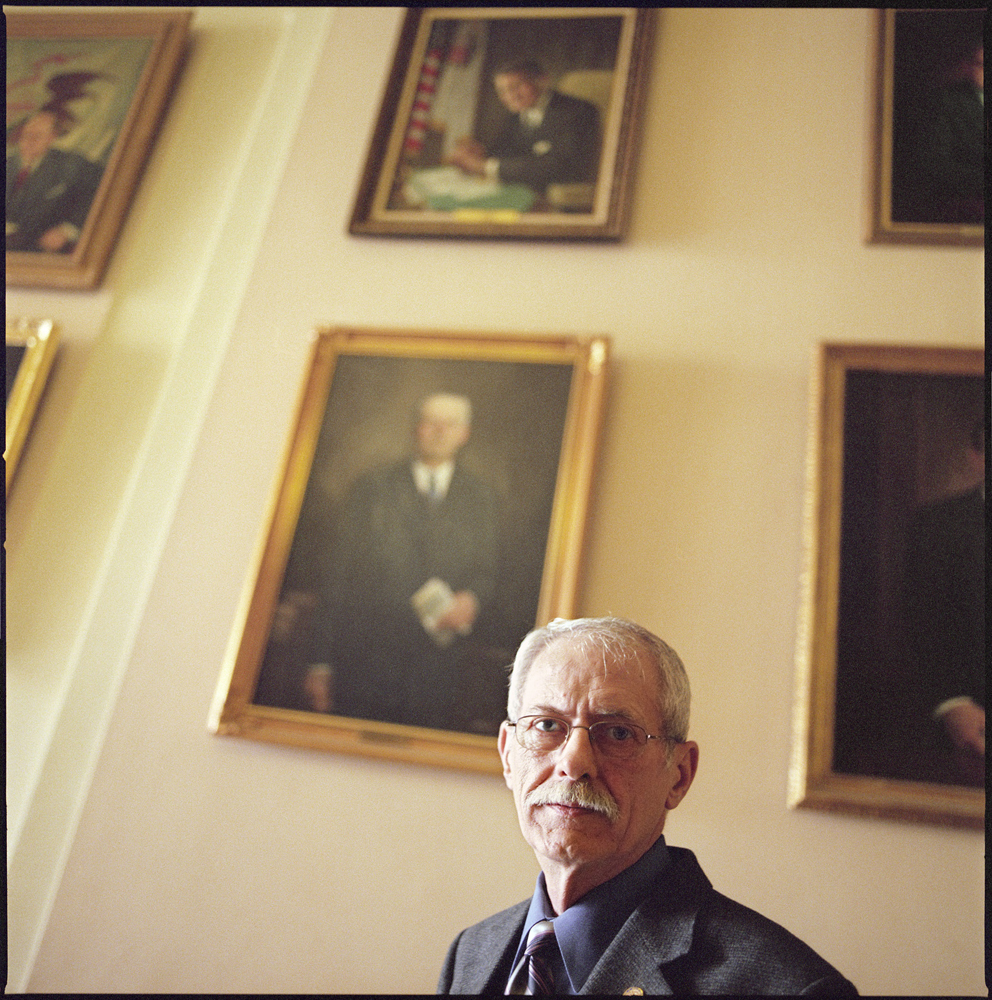
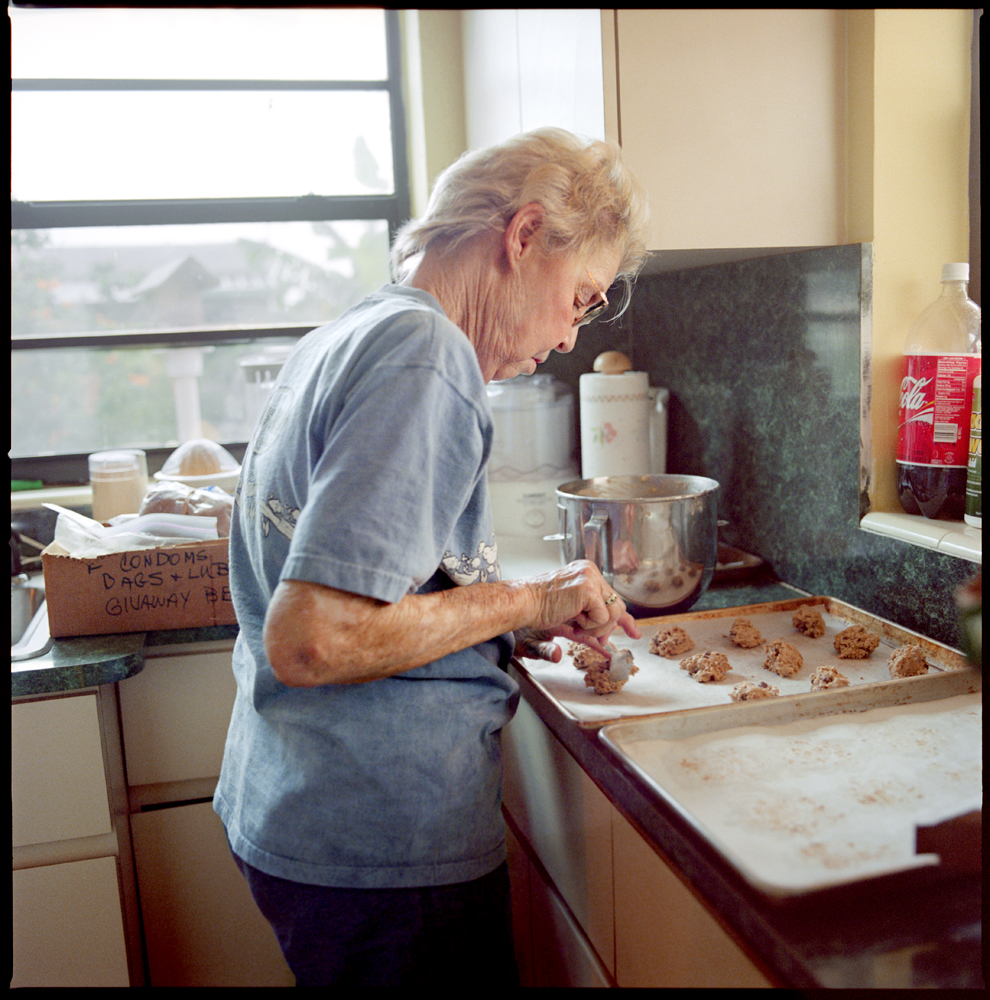
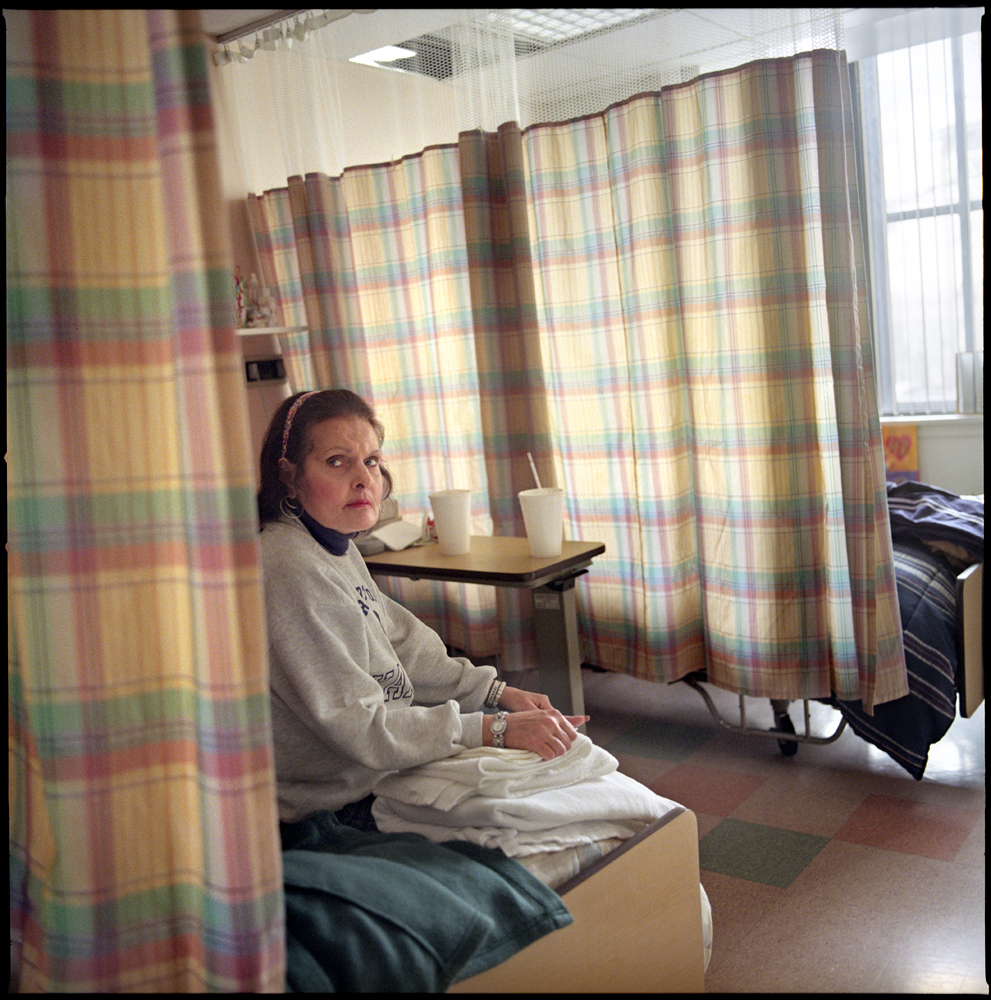
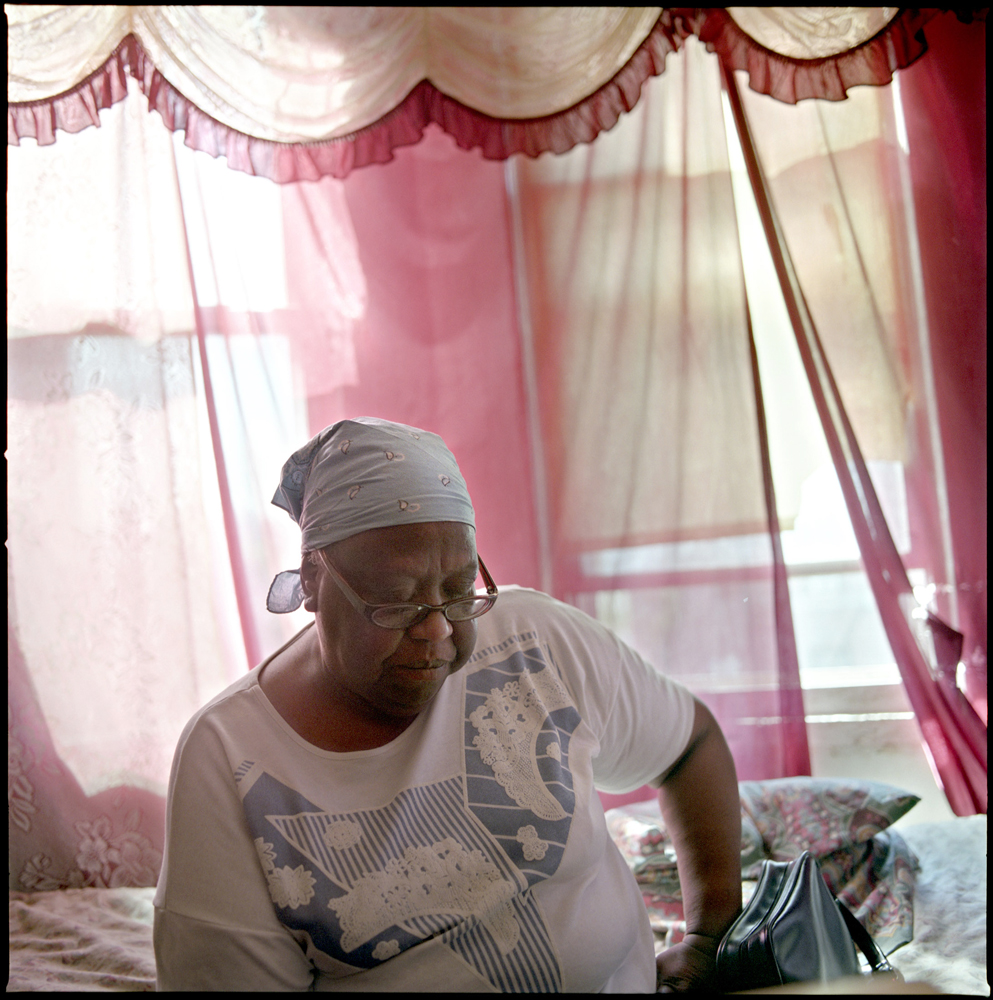
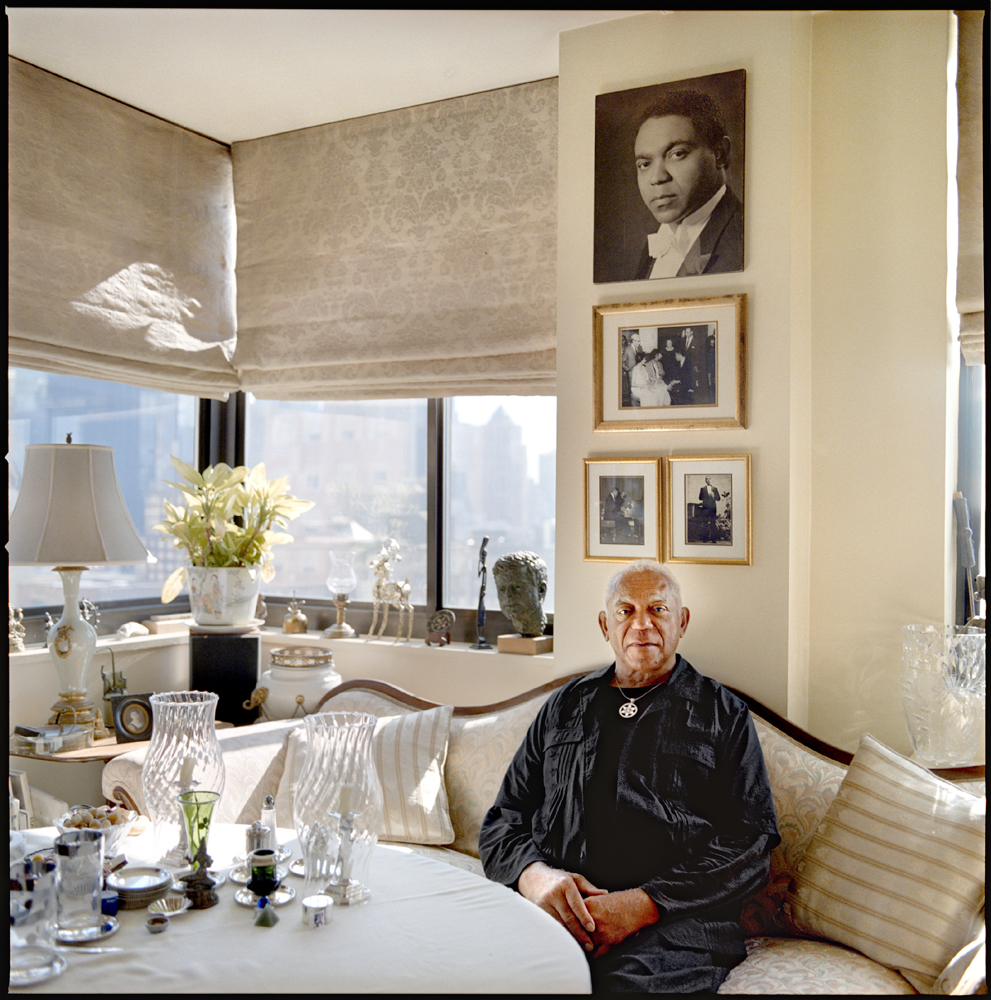
More Must-Reads From TIME
- The 100 Most Influential People of 2024
- Coco Gauff Is Playing for Herself Now
- Scenes From Pro-Palestinian Encampments Across U.S. Universities
- 6 Compliments That Land Every Time
- If You're Dating Right Now , You're Brave: Column
- The AI That Could Heal a Divided Internet
- Fallout Is a Brilliant Model for the Future of Video Game Adaptations
- Want Weekly Recs on What to Watch, Read, and More? Sign Up for Worth Your Time
Write to Olivia B. Waxman at olivia.waxman@time.com